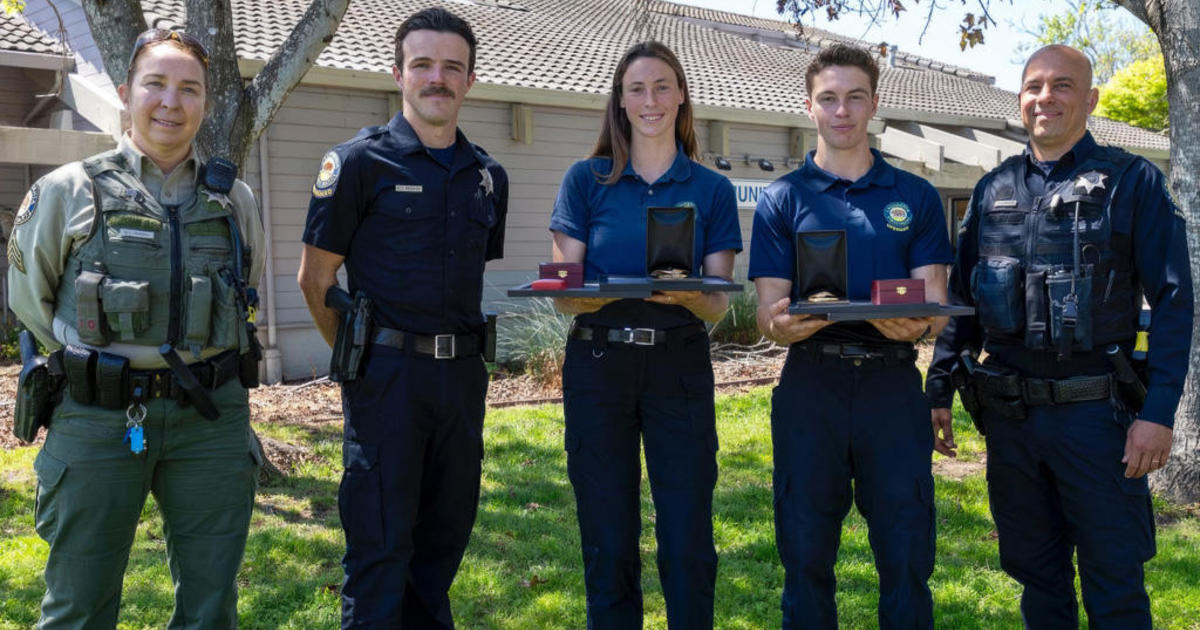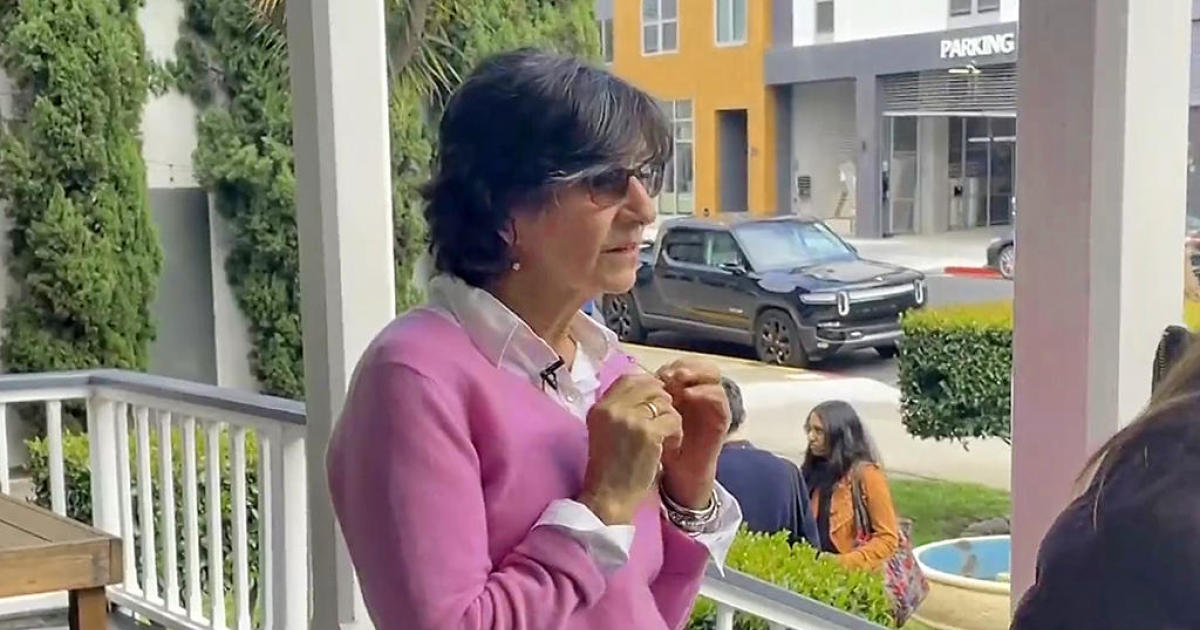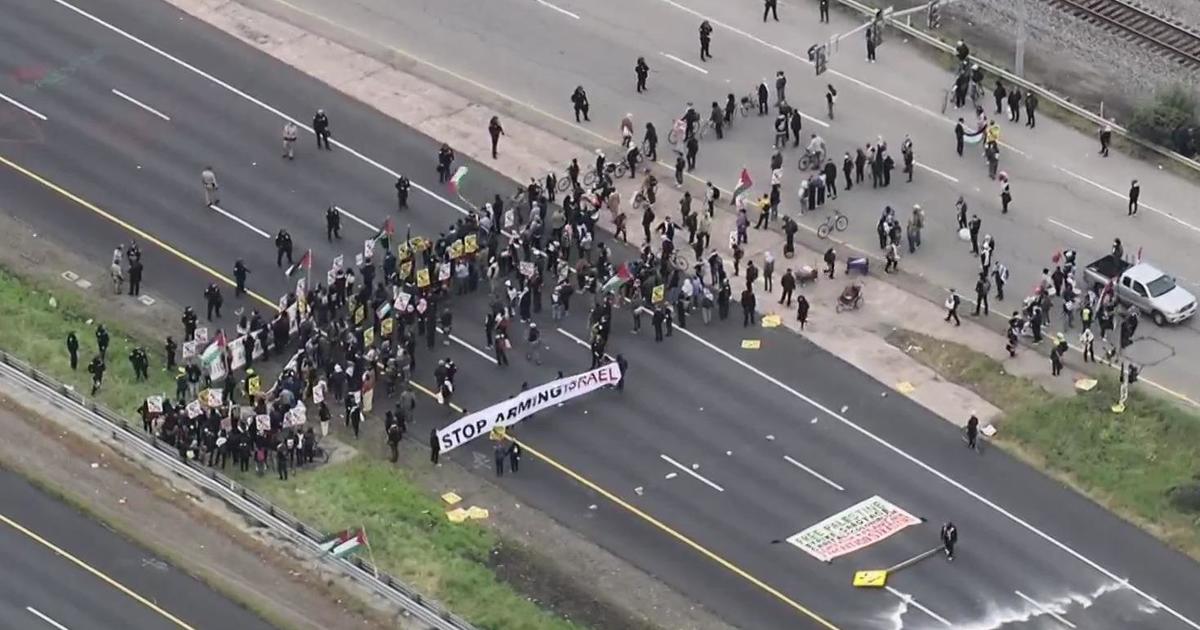Internet Postings Stoke Bay Area Fears Of Nuclear Radiation Fallout From Japan Fukushima Disaster
PACIFICA (KPIX 5) - From across the Pacific Ocean to your Facebook feed, fear spreading from Fukushima has officially reached the West Coast.
Concerns about radioactive water now stretch from the activism hotbed of Berkeley to the peaceful sands of Monterey Bay. The town of Fairfax has even appealed to the United Nations for guidance on the matter.
"People are worried & people want to know what's going on," says John Reed, a member of the Fairfax Town Council. "There's a lot of scary information out there."
In Capitola, homeowner Randy Watts worries about the safety of his grandchildren, and his property value. "I've read and heard things online," explains Watts. "I'm very concerned, having a place down here."
For an expert opinion, KPIX 5 visited Kai Vetter, a nuclear physics professor at UC Berkeley. Vetter is the kind of guy who orders jam from Europe so he can measure trace amounts of radiation from the Chernobyl disaster. Almost 30 years later, faint fingerprints of Chernobyl radiation can still be seen in European food.
We started by asking him about a viral video of a man using a Geiger counter on a beach near Pacifica.
"A Geiger counter is not good enough," says Vetter. "Not good enough at all."
Using an $80,000 gamma-ray spectrometer, Vetter and his team examined that very same beach. Yes, they found radioactivity, but they were also able to pinpoint the exact source of it.
"The variations we're able to observe in the Geiger counter are due to natural variations of Thorium and Uranium in the sand of that beach, explains Vetter, holding a sample of the beach sand in the air. "We have not seen any indication of cesium or anything which can be associated with a release from Fukushima."
That's not to say Fukushima hasn't reached us. Sixty hours after the major releases from the Daiichi Nuclear Plant, scientists were able to measure radioactivity which they could directly associate with the releases in Fukushima here in Bay Area rainwater. However, those levels declined almost as quickly as they arrived.
Then, there are fears about contaminated seafood. In 2011, Fukushima radiation was found in Pacific Tuna and Alaska Salmon, but in levels lower than the natural radioactivity of the fish.
"The levels of the cesium we measured in the tuna and salmon are extremely small," explains Vetter, noting that fish often contains various radioactive elements, like polonium.
It's that question of risk and perspective where Professor Vetter will vent some polite frustration with internet disaster claims.
"I mean we are living in a world which is radioactive," he explains matter-of-factly. "We still see Cesium 137 back from the atmospheric tests in the 40s & 50s. We still see that. It's, in a way, part of our natural background now."
It's a natural background so rich and complex that tracking cesium from Fukushima isn't so much a task of measuring it, but parsing it out from what's already there.
Of course, not everyone is convinced by Vetter's assurance that, for now, Fukushima presents no health threats on the West Coast. There is widespread distrust of scientists that some see as too closely related to the nuclear power industry. Vetter admits he receives much of his funding from the Department of Energy, but he insists he has no reason to misrepresent his findings.
"That's a very good question," he admits. "Trust is something very precious. I certainly live in California. I have family here in California. I'm also concerned about my family, my neighbors and my friends. If you don't want to trust us, who is it you want to trust?"



